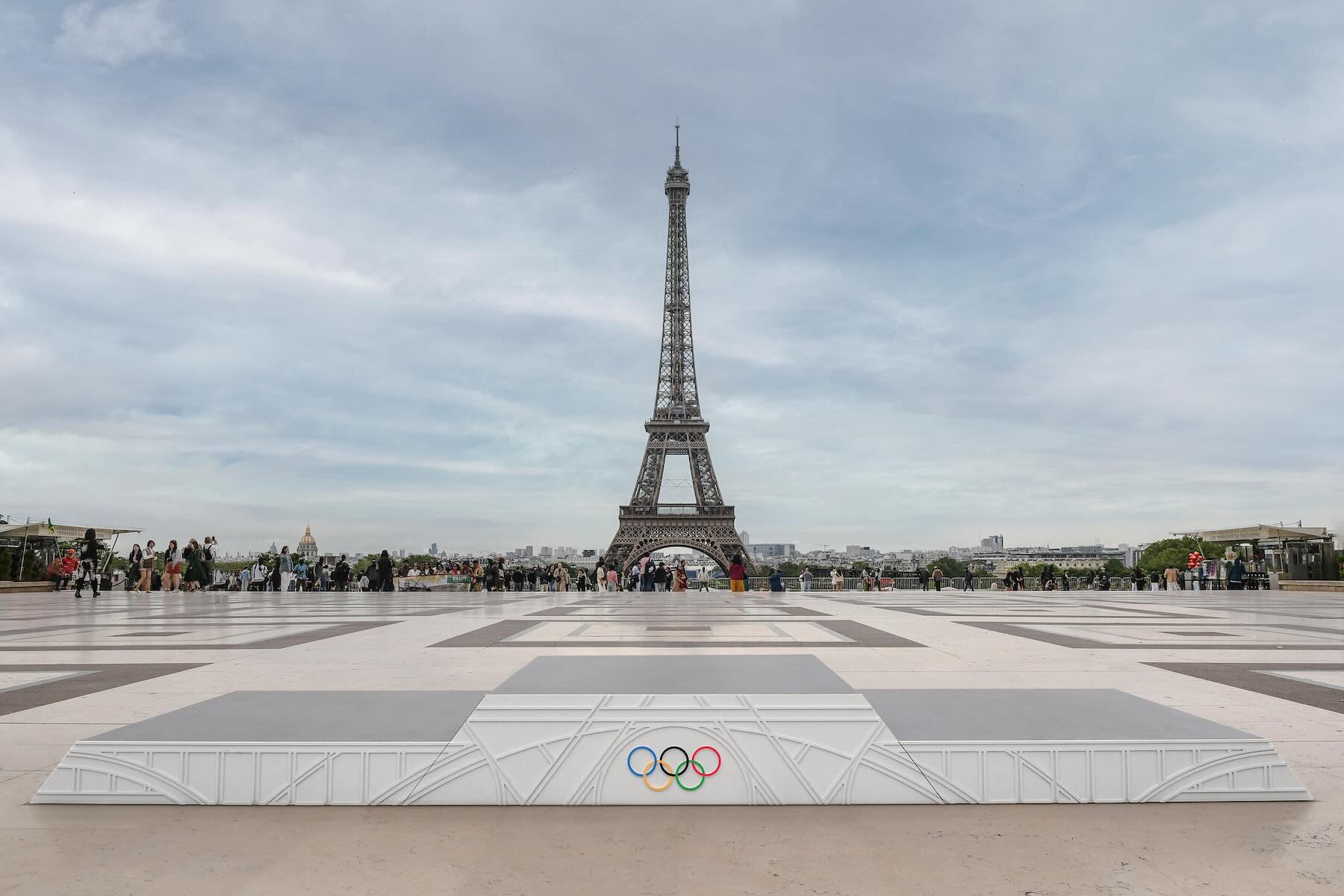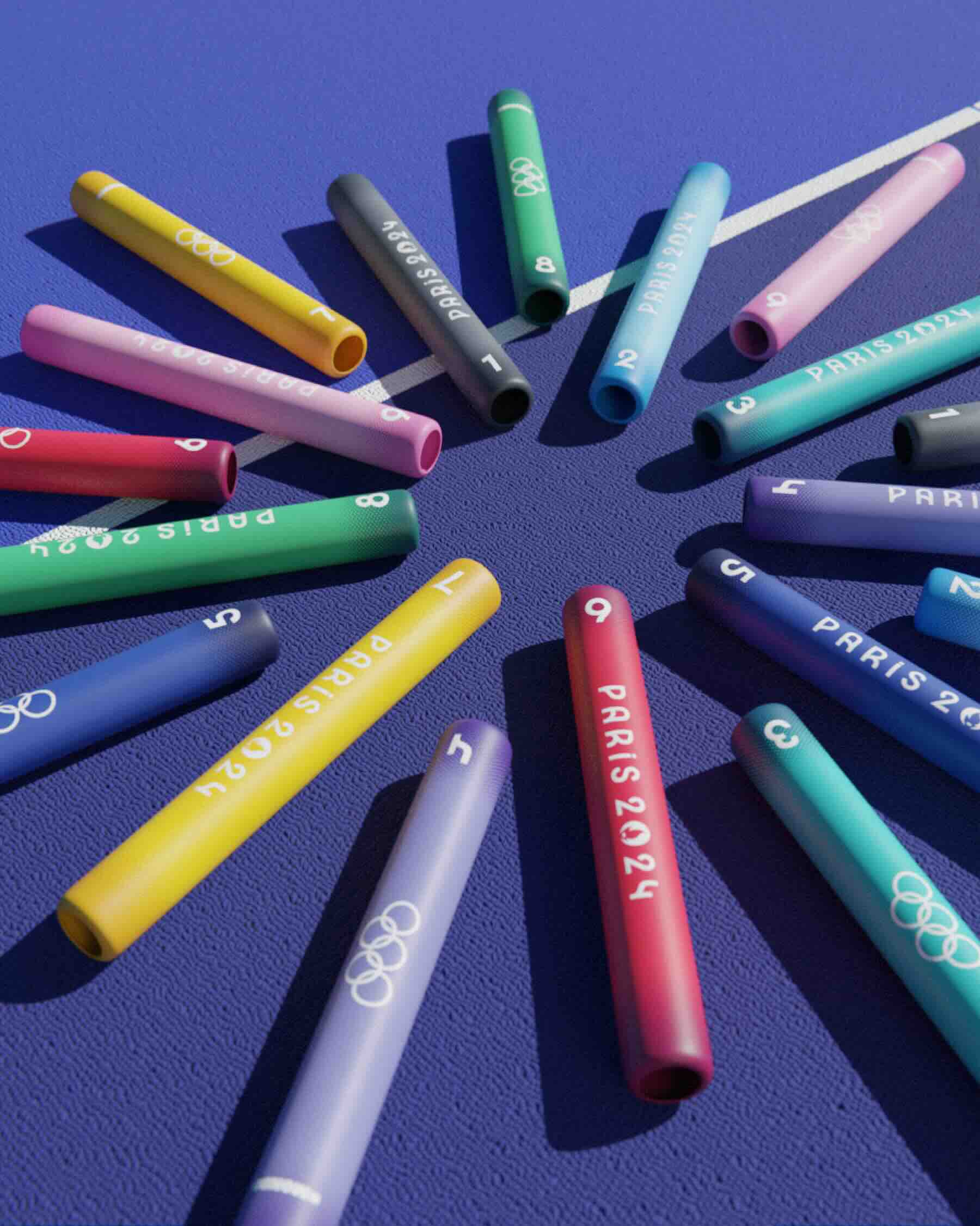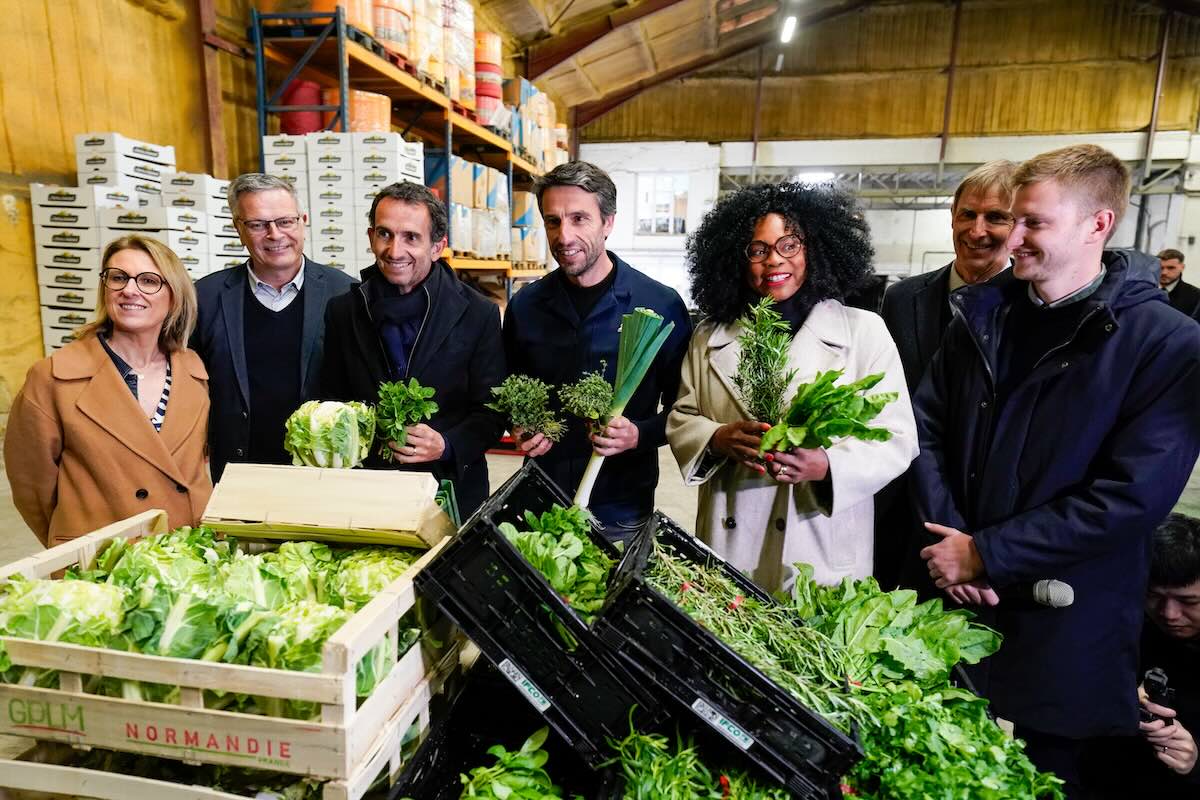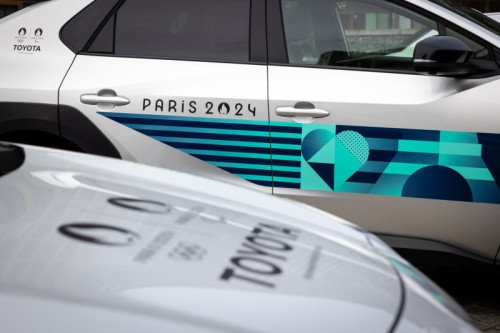
Why The Paris Olympics Will Be The Most Sustainable Games Ever Held
The city of Paris has set off to make the 2024 Olympics and summer paralympics games this summer the most sustainable ever in Olympics history, and set a precedent for other events of the similar scale to follow. Discover how the Olympic organizers are intending to keep true to their promise…
“Develop a sustainability strategy to enable potential and actual Olympics games organizers to integrate and implement sustainability measures that encompass the economic, social and environmental sphere in all stages of their project.”
This was one of the earliest recommendations enclosed in the closing report for the Olympic Agenda 2020, and one which has become the building block for the Paris 2024 Olympics. Aligning with the prior statements, the organizers of the 2024 Olympics have laid out a cutting-edge plan to halve the games-related carbon footprint compared to previous games, with innovative solutions for energy, food, venues, transport and digital services.

50 PER CENT REDUCTION IN CARBON EMISSION
In the 2020 Tokyo Olympics, Tokyo had planned to offset 4.38 million tons of CO2 but exceeded this, by only producing 1.96 million tons. This was mostly due to the coronavirus pandemic that prevented visitors from attending.
Interestingly enough, Paris has their carbon budget to a total of 1.58 million tons of CO2. Paris 2024 has proactively calculated its “material footprint”- a detailed map of required resources before, during and after the games. It takes into account everything from spectator seating, travel, furniture for Olympics village and even sports equipment.
Some of the measures for a carbon-neutral Olympics include that most of the venues are already in place, having short distances between venues, encouraging visitors to use public transport, catering local products and using an innovative energy model that uses 100% renewable energy.


SPORTING VENUES AND THE OLYMPIC VILLAGE
95% of the venues used at the Paris 2024 competition are pre-existing venues or temporary. The rest have been built using low-carbon construction methods. One such building is the Aquatics Centre. As president Emmanuel Macron said to inaugurate the venue that will have a long-lasting legacy, not only for athletes but also for the general public, long after the Olympics games have finished, “ We want to welcome the world, our athletes to win a lot of medals and it to be an incredible moment of French Pride. But we also want these structures to remain, as with the Olympics and the paralympic village. For us, this is one of the big elements of legacy.”
Wood plays a central role in the construction of the Aquatics center, with all the spectator seats being made from recycled plastic waste of Paris. The Centre will also rely on energy provided by 4,680 square meters of solar panels on its rooftop.
This principle of reduction extends to all other sections of the venues. Spectators are encouraged to share tents, chairs and other furniture, with the aim of reducing the furniture required from 800,000 items to 600,000. Three-quarters from two million pieces of sports equipment will be rented or provided by sports federations. More than three-quarters of electronic equipment such as screens, computers and printers are also rented. Organizers also confirm that 90 per cent of the assets will be reused by partners allowing items used in the Olympics to have a second life.
The Olympics village is designed to be an eco-neighbourhood with energy for the village being generated from renewable sources like geothermal and solar power. Athletes will sleep on mattresses made from recycled fishing nets and bed frames of reinforced cardboard. The rooftops have enclosures to house insects and birds and almost 9000 trees have been planted around the village.
After the games are over, the Olympic village will be transformed into a new residential and business district, providing workplaces and apartments for a total of 12000 people. A quarter of these residences will be reserved for public housing, another third will be rented as affordable housing for students and low-income workers.



“ We want to welcome the world, our athletes to win a lot of medals and it to be an incredible moment of French Pride. But we also want these structures to remain, as with the Olympics and the paralympic village. For us, this is one of the big elements of legacy.”
– Emmanuel Macron-
SUSTAINABLE FOOD AND TRAVEL
13 million meals will be catered during the Olympics and paralympic games. The creation of these meals involved some 120 organizations including farmers, producers, caterers and nutritionists as well as 200 athletes. These meals will maintain the carbon-neutral responsibility as with all other aspects of the event. This means that the meals will double the proportion of plant-based ingredients. 80% of ingredients will be sourced from local agriculture. All unconsumed food will be redistributed or composted.
To cut single-use plastic in catering by half, Coca Cola will install 700 water and soda fountains across all Paris 2024 sites and organizers will install free drinking water points. Spectators will be allowed to enter venues with their own reusable bottles.
Furthermore, the Olympics organizers are taking every measure necessary to cut down CO2 emissions through travel. More than 80% of the Olympic venues are situated within 10km of the Olympic village minimizing travel time for athletes. Vehicle fleets catering to athletes are set to include electric, hybrid and hydrogen-powered vehicles provided by Toyota. All venues are also accessible by public transport . Public transport plants to expand its services in the Paris region by 15%. The Paris tourist office also says that 3000 city bikes are being made for use by guests in Paris.










